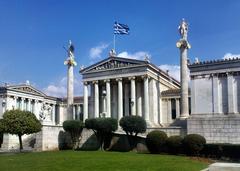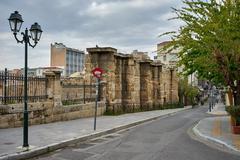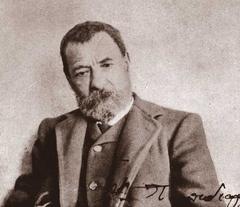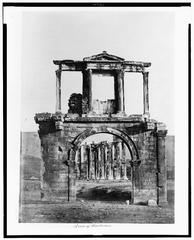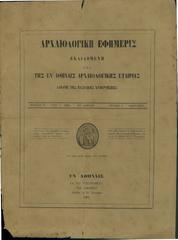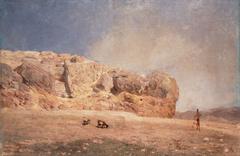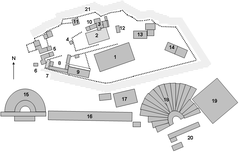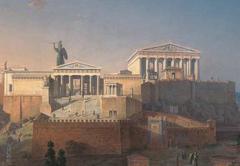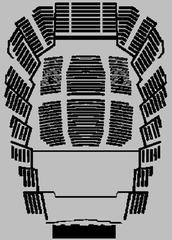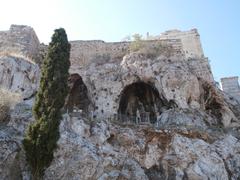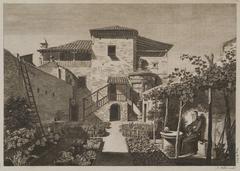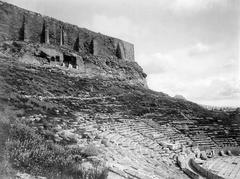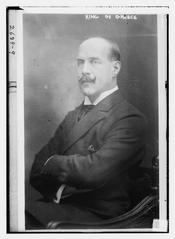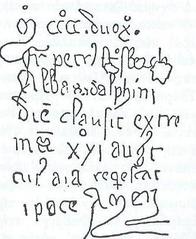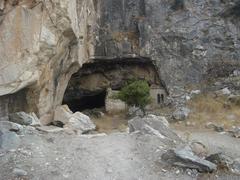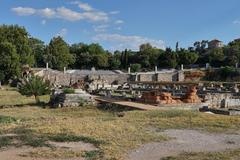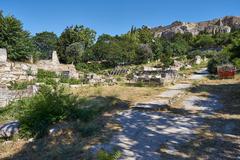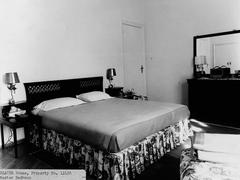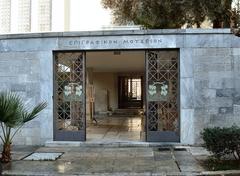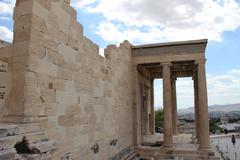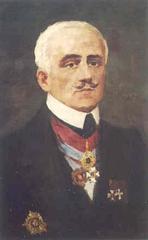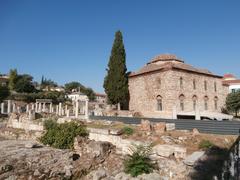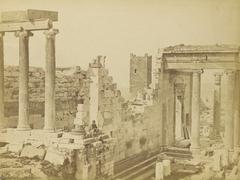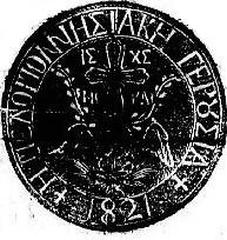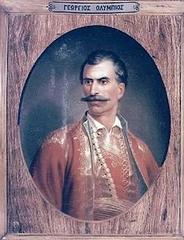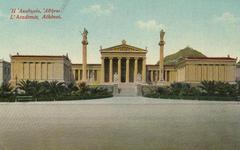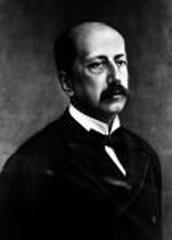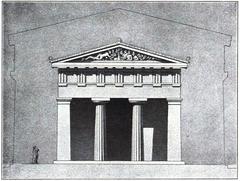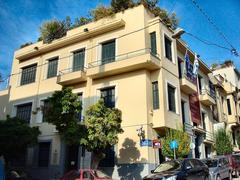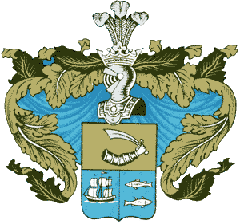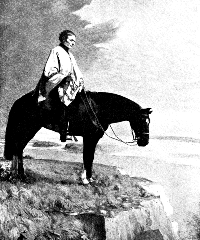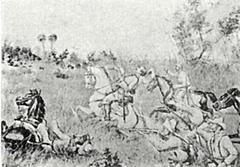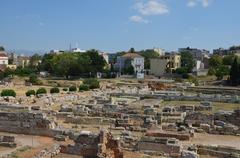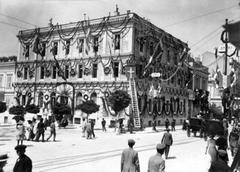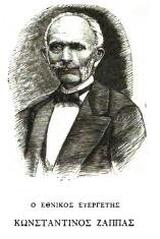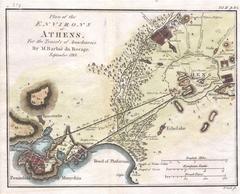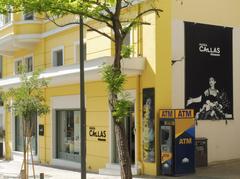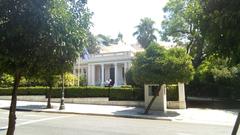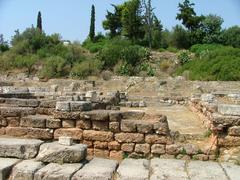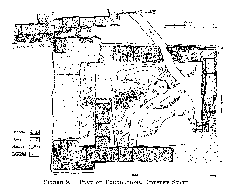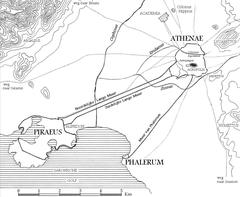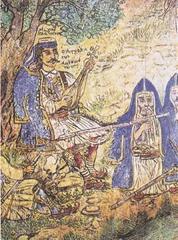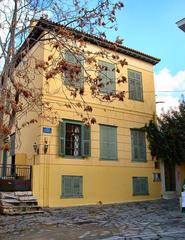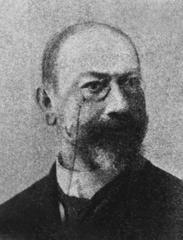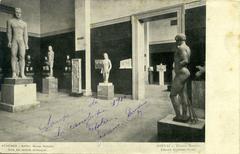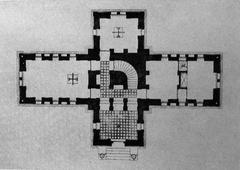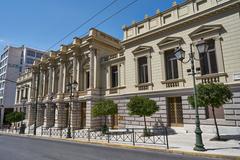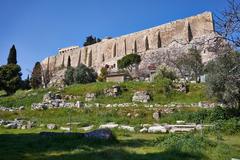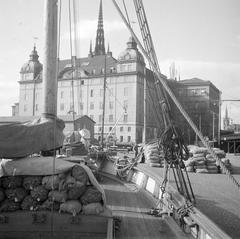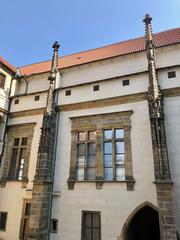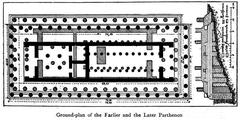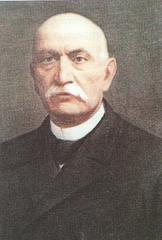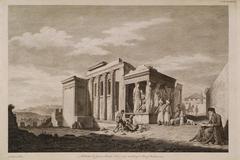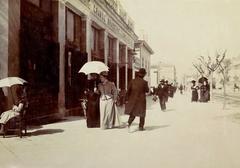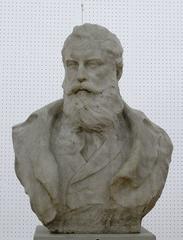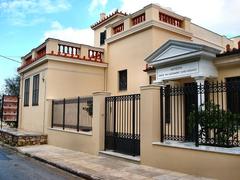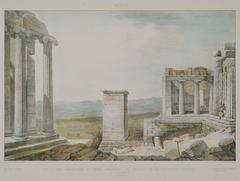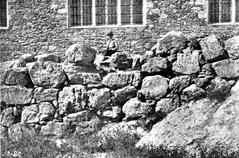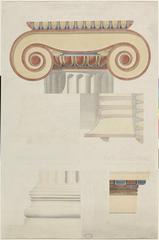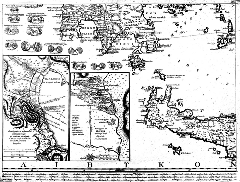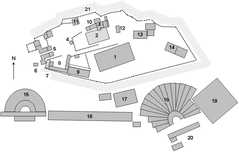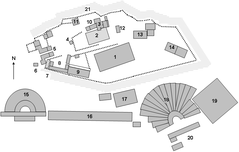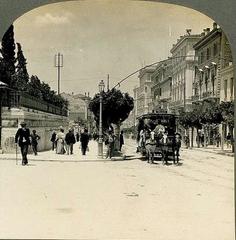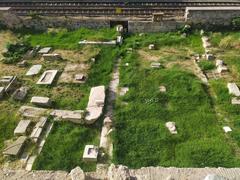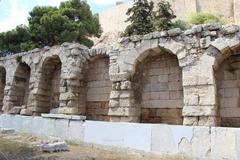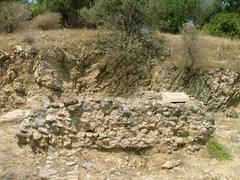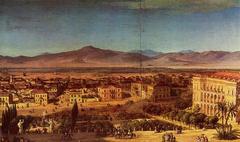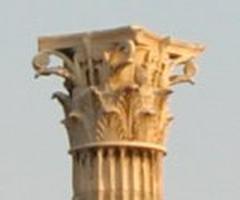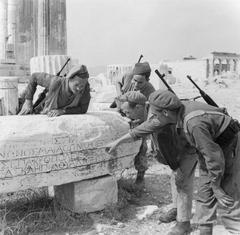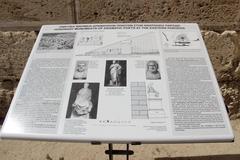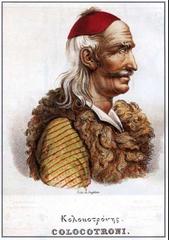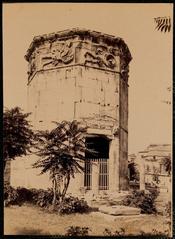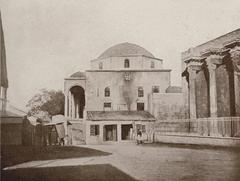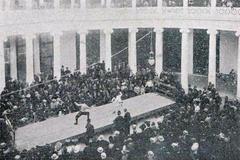Visiting Varvakeios Agora: Hours, Tickets, and Tips
Publication Date: 17/07/2024
Introduction to Varvakeios Agora
The Varvakeios Market, also known as Βαρβάκειος Αγορά, is a historical and cultural gem located in the heart of Athens, Greece. Established in 1886, this bustling market has long been a central hub for commerce, reflecting the city’s evolution from a small town to a thriving metropolis. Named after the renowned Greek benefactor Ioannis Varvakis, the market was part of a broader initiative to modernize Athens and provide a centralized location for the sale of fresh produce, meat, and fish (Greece Is).
Architecturally, the Varvakeios Market is a testament to the neoclassical style prevalent in Athens during the late 19th century. Its interconnected halls, constructed with iron and glass, provide ample natural light and ventilation, essential for maintaining the freshness of perishable goods (Athens Guide). Over the years, the market has become more than just a place for buying and selling; it is a cultural institution where Athenians from all walks of life converge. It has inspired artists, writers, and filmmakers, capturing the vibrant and chaotic essence of Athenian life (This is Athens).
Contents Overview
- Origins and Establishment
- Ioannis Varvakis - The Benefactor
- Architectural Design and Construction
- Historical Significance
- Cultural Impact
- Visiting Hours and Tickets
- Travel Tips
- Modern Developments
- Economic Role
- Challenges and Resilience
- Future Prospects
- FAQ
Origins and Establishment
Βαρβάκειος Αγορά, also known as the Varvakeios Market, is a central landmark in Athens, Greece, with a rich history dating back to the 19th century. The market was established in 1886 during a period of significant urban development in Athens. Named after the Greek national benefactor Ioannis Varvakis, the market was part of a broader effort to modernize the city and provide a centralized location for the sale of fresh produce, meat, and fish.
Ioannis Varvakis - The Benefactor
Ioannis Varvakis, born in 1745 on the island of Psara, was a prominent Greek benefactor whose contributions significantly impacted the establishment of the market. Varvakis amassed considerable wealth through his ventures in the caviar trade and his service in the Russian navy. His philanthropy extended to various public works in Greece, including the funding of the Varvakeios Market. His vision was to create a space that would not only serve the commercial needs of Athens but also improve public health by centralizing food sales in a regulated environment (Greece Is).
Architectural Design and Construction
The architectural design of the Varvakeios Market reflects the neoclassical style prevalent in Athens during the late 19th century. The market’s construction was overseen by prominent architects of the time, who aimed to create a functional yet aesthetically pleasing space. The market’s layout includes a series of interconnected halls, each dedicated to different types of goods, such as meat, fish, and vegetables. The use of iron and glass in the construction provided ample natural light and ventilation, which were crucial for maintaining the freshness of perishable goods (Athens Guide).
Historical Significance
The Varvakeios Market quickly became a central hub for commerce in Athens, reflecting the city’s growing population and economic development. Throughout its history, the market has witnessed significant events, including the German occupation during World War II, when food scarcity made the market a critical site for the distribution of essential goods. Post-war, the market continued to thrive, adapting to the changing economic landscape of Greece.
Cultural Impact
The Varvakeios Market is not just a place for commerce; it is a cultural institution in Athens. The market has been a focal point for social interaction, where Athenians from all walks of life converge. It has also been a source of inspiration for artists, writers, and filmmakers, capturing the vibrant and chaotic essence of Athenian life. The market’s stalls, with their colorful displays and the cacophony of vendors calling out their wares, create a sensory experience that is quintessentially Greek (This is Athens).
Visiting Hours and Tickets
The Varvakeios Market is open Monday through Saturday from early morning until late afternoon, typically around 7 AM to 6 PM. It is closed on Sundays. There is no entry fee to visit the market, making it an accessible and budget-friendly destination for both locals and tourists.
Travel Tips
- Best Time to Visit: The market is busiest in the mornings. Arrive early to experience the full vibrancy and freshness of the produce and seafood.
- Guided Tours: Consider joining a guided tour to learn more about the market’s history and significance. Some tours also offer food tastings.
- Photographic Spots: The market’s colorful stalls and lively atmosphere provide excellent photo opportunities. Be respectful when photographing vendors and their goods.
- Nearby Attractions: After exploring the market, visit nearby attractions such as Monastiraki Square, the Acropolis, and the National Archaeological Museum.
Modern Developments
In recent years, the Varvakeios Market has undergone several renovations to preserve its historical character while meeting modern standards. These renovations have included improvements in sanitation, structural repairs, and the introduction of modern amenities to enhance the shopping experience. Despite these changes, the market has retained its traditional charm and continues to be a vital part of Athens’ daily life.
Economic Role
The Varvakeios Market plays a crucial role in the local economy, supporting numerous small businesses and providing employment to hundreds of people. The market’s vendors are often family-run businesses that have been passed down through generations. This continuity has helped maintain the market’s unique character and ensured the preservation of traditional Greek culinary practices (Greece Is).
Challenges and Resilience
Like many historical markets worldwide, the Varvakeios Market has faced challenges, including economic downturns, competition from supermarkets, and the impact of the COVID-19 pandemic. However, the market has shown remarkable resilience, adapting to changing circumstances while maintaining its core identity. Initiatives to promote local produce and sustainable practices have also helped the market stay relevant in contemporary times.
Future Prospects
Looking ahead, the Varvakeios Market is poised to continue its legacy as a central part of Athens’ cultural and economic landscape. Efforts to promote the market as a tourist destination have been successful, attracting visitors from around the world who come to experience its unique atmosphere and sample authentic Greek cuisine. The market’s future will likely involve a balance between preserving its historical significance and embracing modern innovations to meet the needs of a diverse clientele (Athens Guide).
FAQ
What are the opening hours of Varvakeios Market? The market is open Monday through Saturday from 7 AM to 6 PM. It is closed on Sundays.
How do I get tickets for Varvakeios Market? There is no entry fee to visit the market.
What is the best time to visit Varvakeios Market? The best time to visit is in the morning when the market is most vibrant and the produce is freshest.
Summary and Final Thoughts
In summary, the Varvakeios Market stands as a testament to Athens’ rich history and cultural heritage. Established in the 19th century, the market has played a significant role in the city’s development, serving as a central hub for commerce and social interaction. Its architectural beauty, cultural significance, and economic role make it an essential part of Athenian life. Despite facing numerous challenges, the Varvakeios Market has shown remarkable resilience, adapting to changing times while retaining its traditional charm. Today, it continues to attract visitors from around the world who come to experience its unique atmosphere and sample authentic Greek cuisine.
Looking ahead, the market is poised to continue its legacy as a vital part of Athens’ cultural and economic landscape. Efforts to promote the market as a tourist destination have been successful, drawing over a million visitors annually. Future prospects include further renovations, sustainable practices, and new educational and tourism programs to ensure the market remains an integral part of Athenian life. Whether you are exploring the market’s historical stalls, engaging with friendly vendors, or discovering nearby attractions, a visit to Varvakeios Market offers a unique and enriching experience that beautifully captures the essence of Athens.
Sources and References
- Greece Is. (n.d.). Varvakeios Market. Retrieved from https://www.greece-is.com/varvakeios-market/
- Athens Guide. (n.d.). Varvakeios Market. Retrieved from https://www.athensguide.com/market.html
- This is Athens. (n.d.). Varvakeios Market. Retrieved from https://www.thisisathens.org/varvakeios-market
